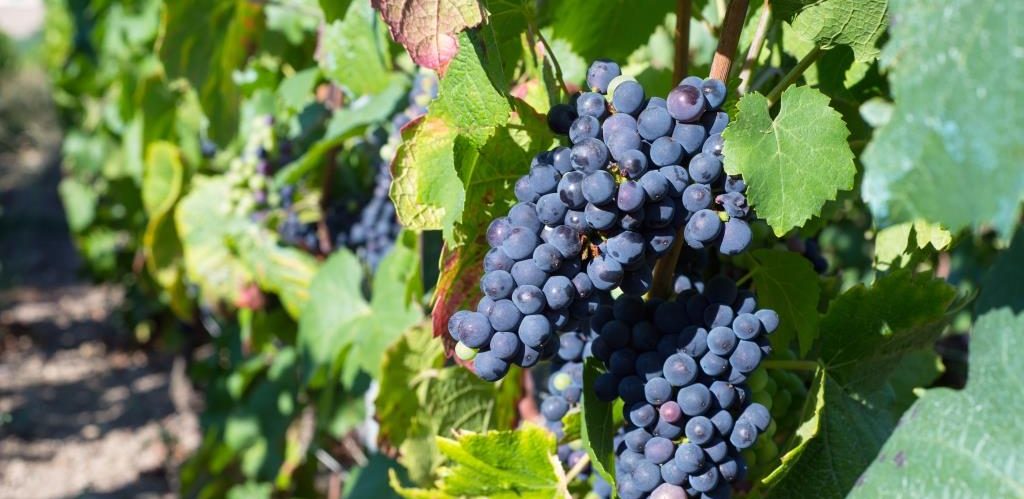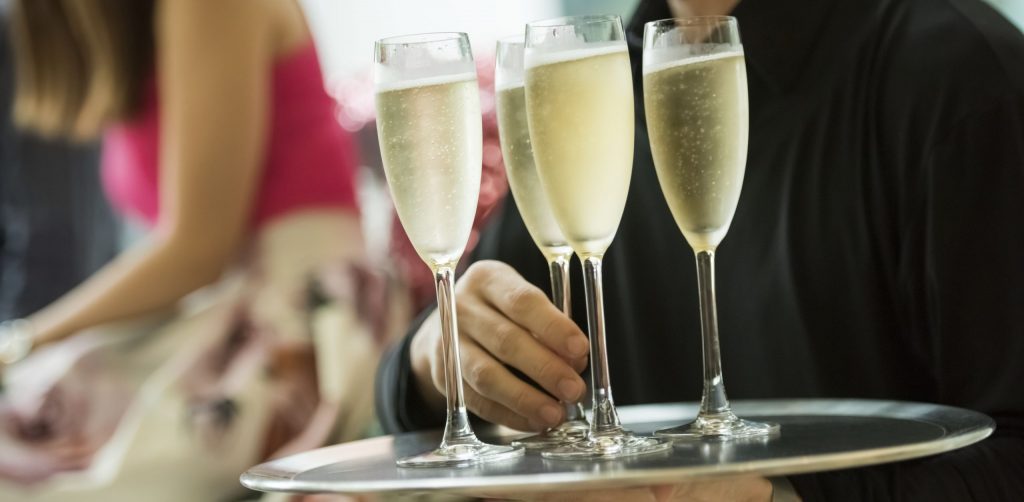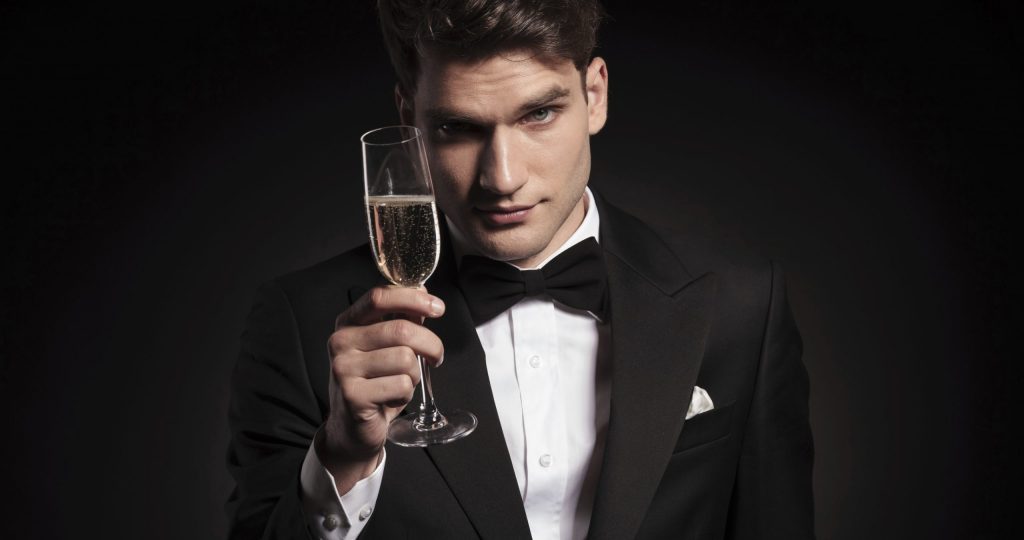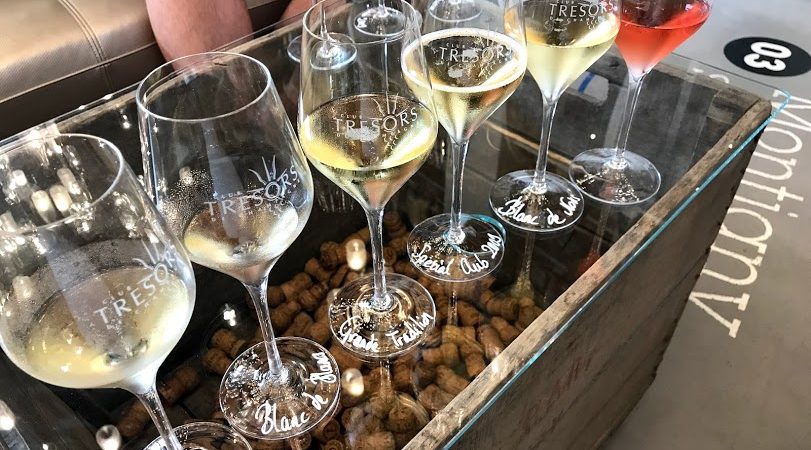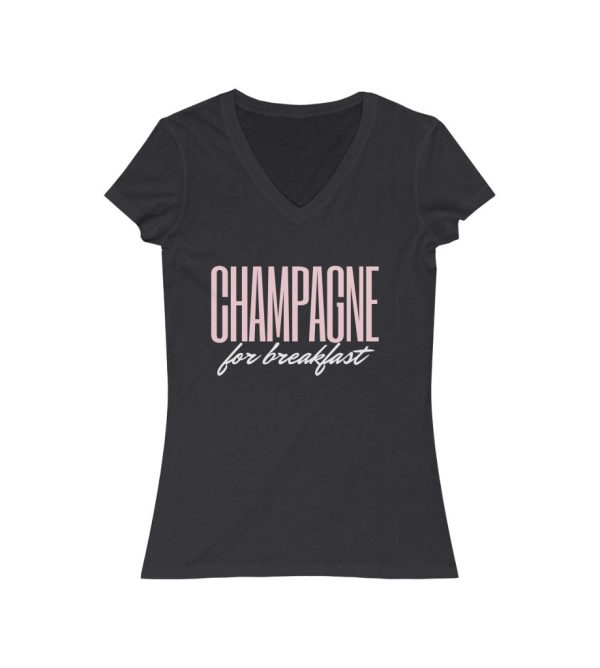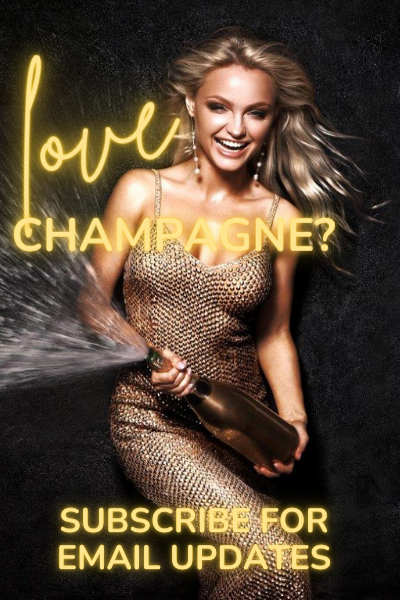
Vintage Champagne
Stunning and elegant, vintage champagne is crafted from the grapes of just one single harvest or year.
Unlike non-vintage champagnes, which are blended to taste the same every year, vintages will differ every year and possess a unique character.
The grape style and characteristics of vintage champagne are given the freedom to show off and be embraced at their very best.
Do they make a vintage champagne every year?
No!
While NV champagne is produced annually, houses will not make a vintage for every year. This means vintage champagne is rarer (and, yes, more expensive), making up only about 10% of the total champagne production.
Houses will not declare a vintage if, for example, it was a difficult year with a poor harvest. In this case, the Chef de Cave may decide the grapes won’t make for a good vintage wine. They will still harvest the grapes, but will hold the grapes aside to make reserve wines for blending in non-vintage wine.
Or sometimes houses will hold back the harvest from vintage champagne for creative reasons. For example, Charles Heidiesck didn’t declare a vintage in 2004, despite the harvest being quite good. The Chef de Cave wanted to hold back that harvest for its reserve wines and blending in their (rather spectacular) NV champagne.
But on average champagne houses will declare around one in every 3 years a vintage year. There are no CIVC regulations on declaring a vintage… it is entirely up to the house to decide.
So why will some houses declare when others don’t?
It doesn’t necessarily mean houses have lower or higher quality standards!
Even in poor years, not all regions, vineyards or villages will be affected in the same way by weather conditions… some areas may escape frost or hail or even extreme heat meaning their harvest is actually quite good. It depends where the houses sources their grapes from, what the house style is, and the vision and creativity of the Chef de Cave.
Take Moet & Chandon for example. Moet produced a 2003 vintage Dom Perignon, despite 2003 being widely regarded as a diabolical year by most.
I did try the ’03 Dom. And unless you are a premium champagne connoisseur – which I have never claimed to be! – I have faith you will enjoy that vintage, as did I. It was a little different, but then didn’t I just say every year is?
I stand by my philosophy… do what makes you happy! If you enjoy it, drink it… loud and proud. And to hell with what the wine snobs say.
But what does makes a good (or bad) year?
It is all in the weather!
A good year is generally brought about by a combination of balanced rainfall (you want it steady but moderate), sunshine (less is better) and temperature (again low is good, the annual average in Champagne is 11 degrees) as sun and heat can over-ripen the grapes.
The right combination of weather conditions will produce the right balance between acidity and alcohol (which is based on sugar content) in the grapes, which are measured in the lead up to harvest to set the optimal harvest date.
And the of course, frost, storms and hail are all damaging to the grapes. These conditions can either damage the grapes’ buds in winter and spring or the grapes themselves in summer. A loss of grape crop of course limits the amount of champagne that can be produced but also can affect blends and quality if just one grape variety is in short supply.
Good sources about specifics of each vintage…
These sources go way beyond my experience and expertise at this point in my champagne career… and they are my “go to” resources for my research.
Homework assignment #Champagneschool
There are sooooo many vintage champagnes you could try! The current vintage is 2008 which is ear-marked to develop into a very exciting year. I find most 2008s are still a bit “young” for me at the moment… a really good way to taste what I mean by that is to taste years side-by-side.
Vintage Champagne Fast Facts:
- Vintage champagnes must spend a minimum of 3 years ageing… most houses age vintages longer for the good of the champagne, generally between 5 and 8 years.
- Rosé, blanc de blancs and blanc de noirs champagne styles can also be vintage champagnes.
- Vintage champagnes can be stored/cellared much longer than non-vintage champagnes (which are recommended to be kept for only three years)
Make sure you post a pic and tag @bubbleandflute #Champagneschool to let me know you’re doing your homework and what you think!
Bubble & Flute promotes the responsible consumption of alcohol for individuals of legal drinking age in their country.
